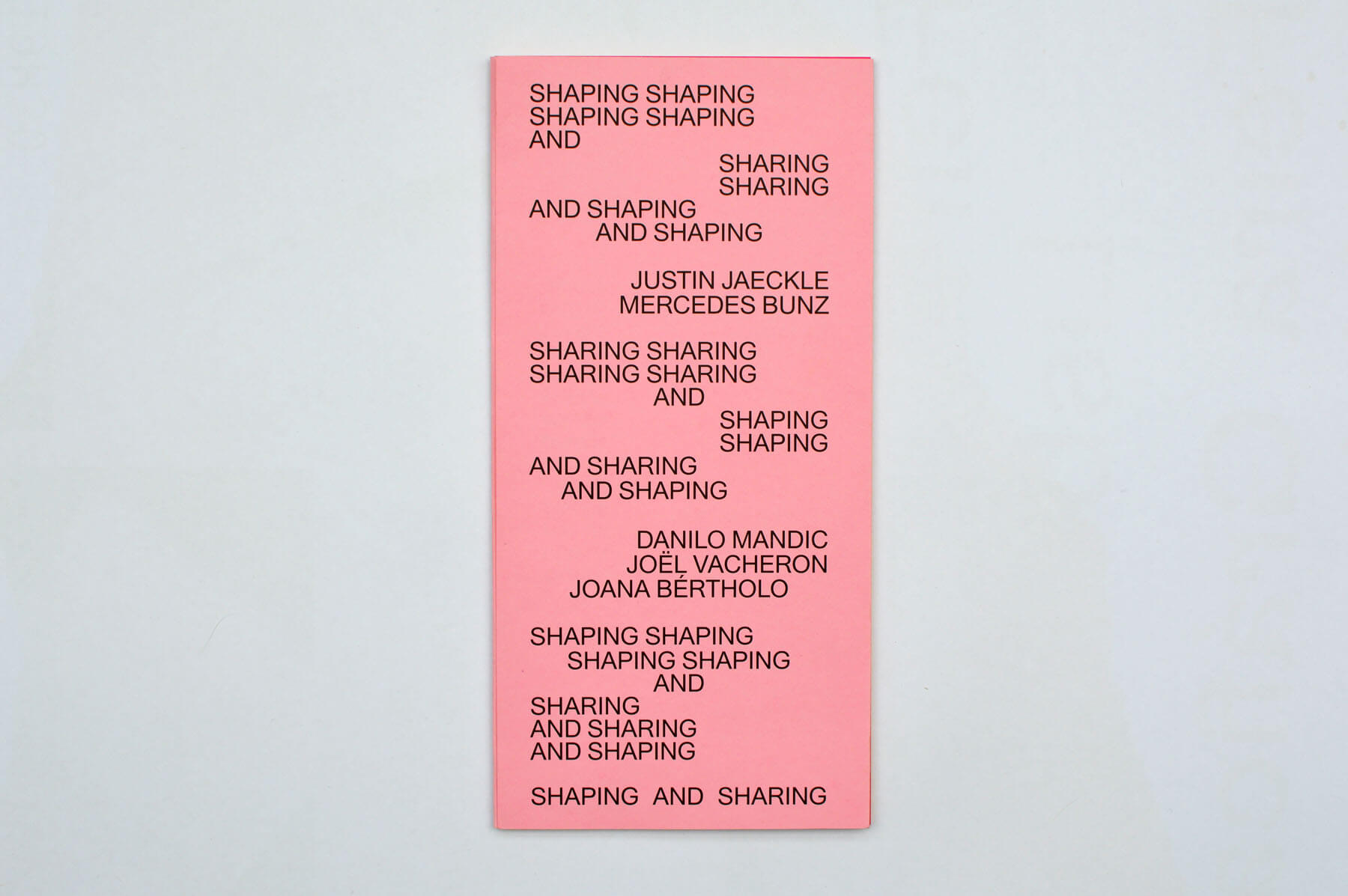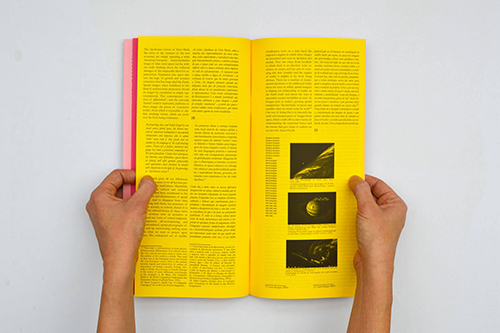Joana Bértholo (Lisbon, 1982)
Joana Bértholo is a novelist and a play-writer.
Joana holds a degree in Graphic Design (Lisbon’s Fine Arts Faculty) and a PhD in Cultural Studies (Europa-Universität Viadrina, in Germany). Her thesis was selected and published by Routledge UK.
She spent many years abroad, in Europe and South America, with a highlight to the year spent in Buenos Aires, volunteering at Eloisa Cartonera, a very special book publisher that works with the «cartoneros», urban waste scavengers.
Her debut novel «Diálogos Para o Fim do Mundo» received the Maria Amália Vaz de Carvalho Award in 2009. And «Ecologia», in 2018, was a finalist for various prestigious awards such as the APE, PEN Club, DST, Casino da Póvoa, and a semi-finalist of the Oceanos Award.
«The Museum of Thought» won Best Children’s Book by the Portuguese Society of Authors in 2018 and received the Fatima Literary Festival Award in the same category.
In 2020, Joana Bértholo was the author selected to represent Portuguese literature at the Night of European Literature.
Joana pursues a wide scope of interests through writing, using both the book as the stage as a platform to investigate on ecology, technology, sustainability, narratives, among others. She has published four novels, two books of short-stories and a children’s book with Editorial Caminho, one of the most prestigious Portuguese publishing houses; as well as other texts with other publishers in different collections and anthologies.
Since 2013 she has had an ongoing relationship with writing for theater. Her first long play was staged at Teatro Nacional D. Maria II, in 2018 – «Quarto Minguante»; and translated into French for the Festival «Écrire et mettre en scène» at Panta Theatre in Caen.
The second play, «Corpo/Arena», was selected by the FabulaMundi-Playwriting Europe platform and was to premiere in Italy (by the company MammutTeatro) when the pandemic flared up.
2018
The Radiance of the Short-story: Fiction from around the Globe
Editores
Maurice A. Lee
Aaron Penn
Edição:
Húmus
ISBN 9789897553530
832 p.
Featured short-story: Horizontal Archaeology
Translated by Cecilia Beecher Martins
page 77
2019
Waterworld
Joana Bértholo and Giuseppe Porcaro imagine a Europe where a hundred years from now geography has changed, the sea level has risen and a network of floating cities dominates what once was known as the Mediterranean sea.
A growing number of science fiction authors are talking about global warming overtly, imagining futures full of flooded cities, droughts, melting icecaps, and other disasters. There is even a new label used for this, climate fiction or “cli-fi”.
Shelley Streeby, a professor from the University of California recently published an extensive analysis of the role of speculative fiction in imagining the future of climate change. She reviewed the various activists, artists, and science fiction writers that, from the 1960s to the present, have imagined the consequences of global warming and its impacts on our future. Authors such as Octavia Butler and Leslie Marmon Silko, movie directors such as Bong Joon-Ho, and creators of digital media such as the makers of the Maori web series Anamata Future News have all envisioned future worlds during and after environmental collapse, engaging audiences to think about the earth’s sustainability. As public awareness of climate change has grown, so has the popularity of works of climate fiction that connect science with activism.
In this episode Joana Bertholo and Giuseppe Porcaro dive into cli-fi and imagine the impact of global warming on the coastal areas of Europe. We are a hundred years from now and geography has changed. The sea level has risen and the coastline of our continent has heavily changed.
How would this new geography of Europe look like?
2010
UP Magazine
Profile by Madalena Proença.




